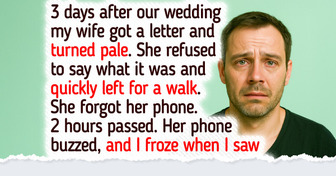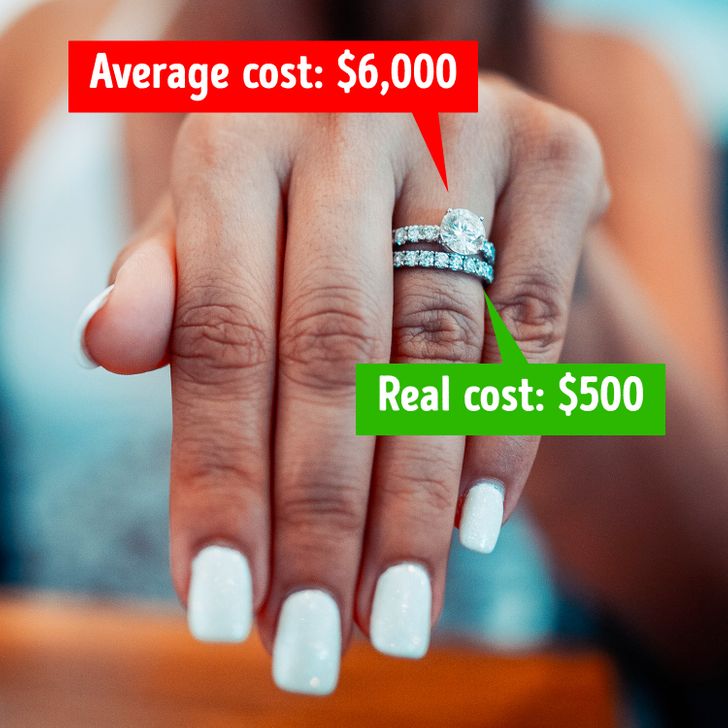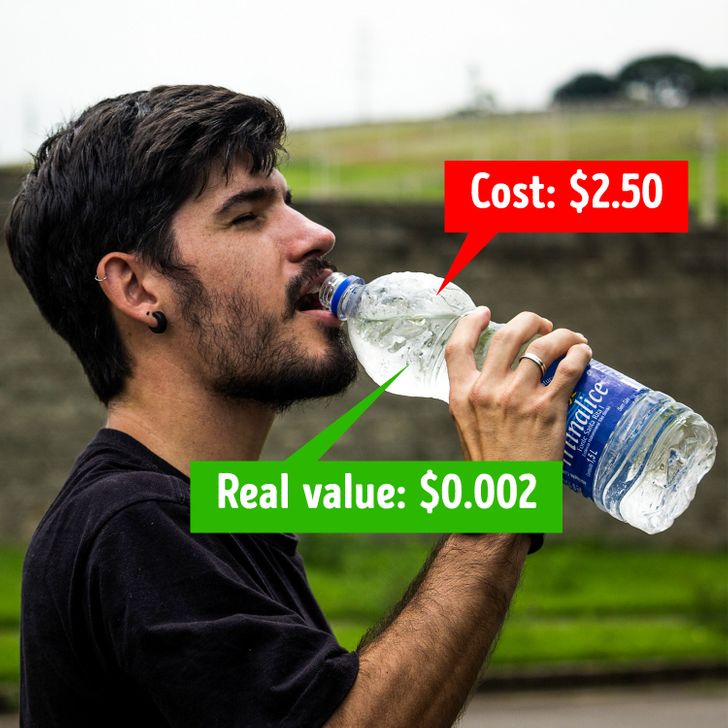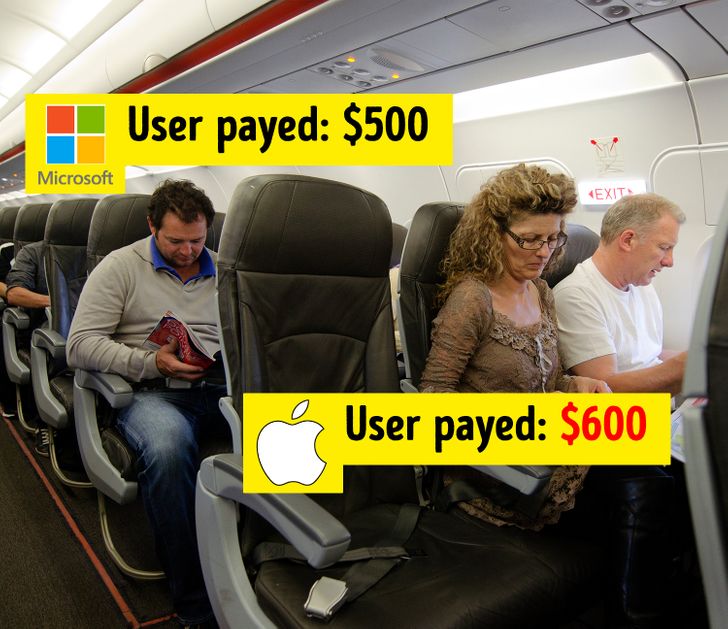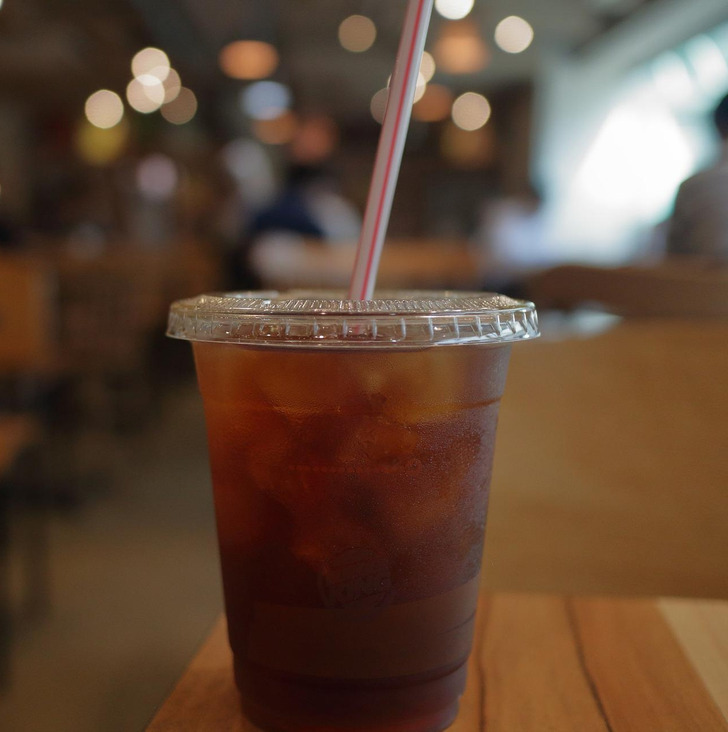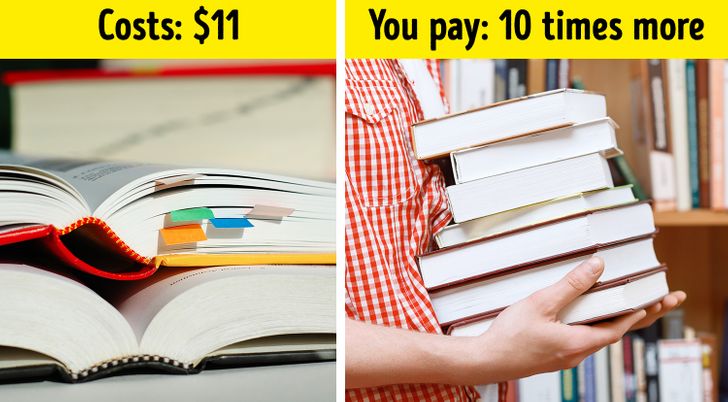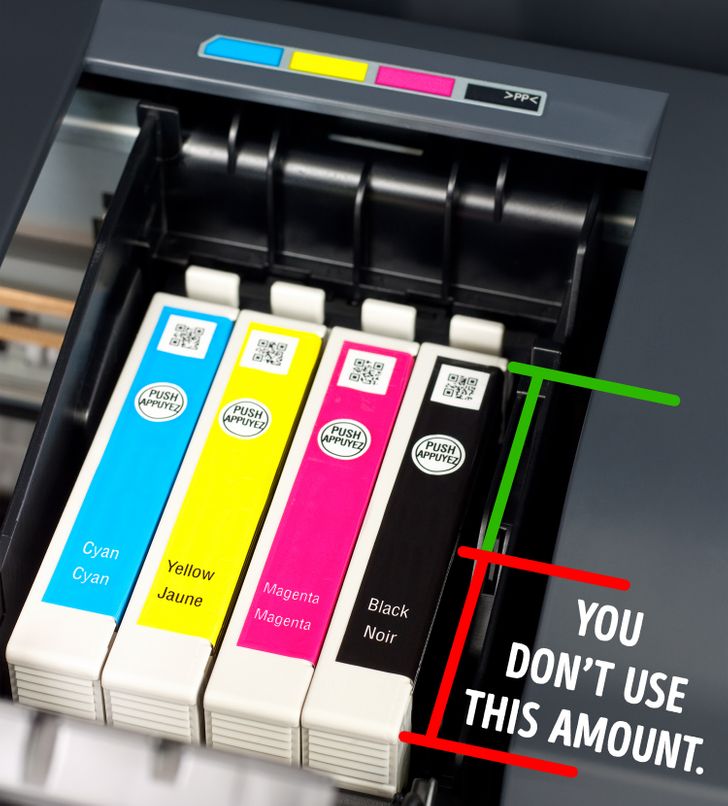Well, it's a simple economy here. In many cases we just pay for the brand (like Nike) or we pay for costs of producing and bringing products to market (bottled water). Capitalism, what can we say
How Much You Pay for 7 Popular Products and What Their Real Cost Is
Sometimes the price we pay as customers for a product is ridiculously high, as much as 2,000 times more than we should pay for a product, but we pay the price anyway. Design, marketing, and transportation can add up to the retail cost of a product, but some companies take advantage of our ignorance and charge us, either because we don’t know how cheap it is to make or because we just don’t know the fair price.
Bright Side will try to open your eyes about some products that cost way more than what it costs to produce them.
1. Diamond rings
Diamond engagement rings weren’t a thing until the 1930s, when a company named De Beers came up with a brilliant marketing strategy to spark their diamond sales. They convinced couples that the more a man paid for a diamond engagement ring, the more he showed his future wife that he loved her. He would be buying her something rare and unique, like her. But diamonds aren’t all that rare, nor are they that expensive.
De Beers is one of the few and the biggest diamond companies, almost a monopoly that controls the supply and prices of the stones through its government allies. So, a man pays on average $6,000 for an engagement ring, when the price could actually be closer to $500.
2. Water bottles
Americans purchase an average of 50 billion water bottles a year, that’s around 20,000 bottles per second, and all of them are entirely overpriced. The water supply is very clean in the United States, so people could fill their bottles at home with tap water. It would be essentially the same, as long as you don’t live in a very polluted area, because many companies actually just pack tap water and sell it.
But people are under the wrong impression that tap water is contaminated and bottled water isn’t, as a recent poll revealed, so they could keep spending $2.50 per bottle when they could enjoy it for $0.002 at home.
3. Tickets from travel websites
Businesses use cookies and other types of data to track your searches, spending habits, and the brands of technology you use, in order to show you the price they think you should pay for an airline ticket.
This is why 2 people can buy a ticket and spend $1,000 and $500 for the same flight. To avoid this, clear your history and cookies and try to change your device before searching for a ticket for your next vacation.
4. Potato chips and other snacks in a bag
Companies claim that the amount of air inside a bag of chips keeps the chips fresh and functions as a cushion throughout transportation to keep them from getting crushed. They use nitrogen, a gas found in the air that doesn’t compromise the safety of the chips.
5. Coffee to go
The amount of ice in your iced coffee is larger than the rest of the other more expensive ingredients like the coffee, syrup, milk, spices, and cream. That seems a bit unfair, considering ice is essentially costless for big chains. What could cost you less than a dollar, ends up costing you around 5. But ice isn’t the only problem.
6. College textbooks
College in America is really overpriced, compared to higher education around the world. And as if that wasn’t enough, textbooks prices are through the roof — the average student will be expected to spend almost $1,300 per year on them.
They cost about 10% of their selling price to print, at around $10 to $11, but usually cost $100+. On top of that, professors also list their own books or those of their friends as required reading, adding to this unfair problem.
7. Printer cartridges
Technology corporations may say that their high profit margins that come from printer cartridges allow them to do more research and project development, but that doesn’t explain some of the other issues.
Do you use any of these products regularly? Would you stop buying some of them? Tell us which and why in the comment section!
Comments
Also an interesting trick about buying plane tickets - yes, they do track customer's devices. But tickets in incognito mode
Related Reads
I Brought My Wife to a Hospital With the Signs of Miscarriage and Accidentally Revealed a Shocking Secret

I Refuse to Help My Mom Since I Learned She Excluded Me From Her Will

My Fiancé Expected Me to Keep His Baby After He Shamelessly Cheated on Me
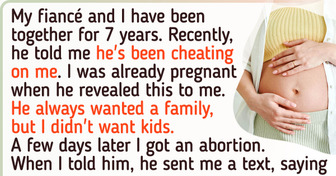
15 Eerie True Events That Break Every Rule of Reason
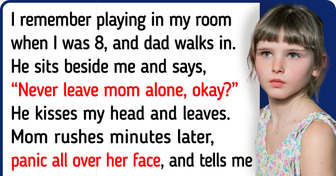
My Wife Told Me She’s Pregnant, but She Doesn’t Know I’ve Actually Had a Vasectomy
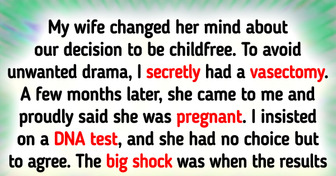
12 People Who Were Even More Terrified After Discovering the TRUE Causes of Eerie Events

My Ex-Husband Spent the Money Saved for Our Son on His Stepdaughter
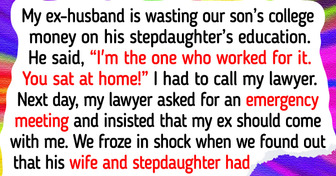
15+ People Who Made a Last-Minute Decision That Changed Everything
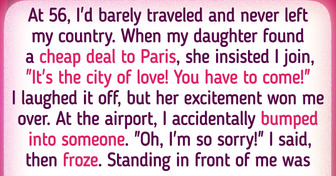
I Canceled My Husband’s Birthday Party After Hearing What He Secretly Told My Daughter

12+ Real Stories That Prove Spirits Can Actually Exist

15 Real Stories With Twists That Surpass Fiction
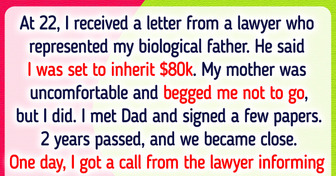
12 Real Stories So Messed Up They Feel Like Fiction
